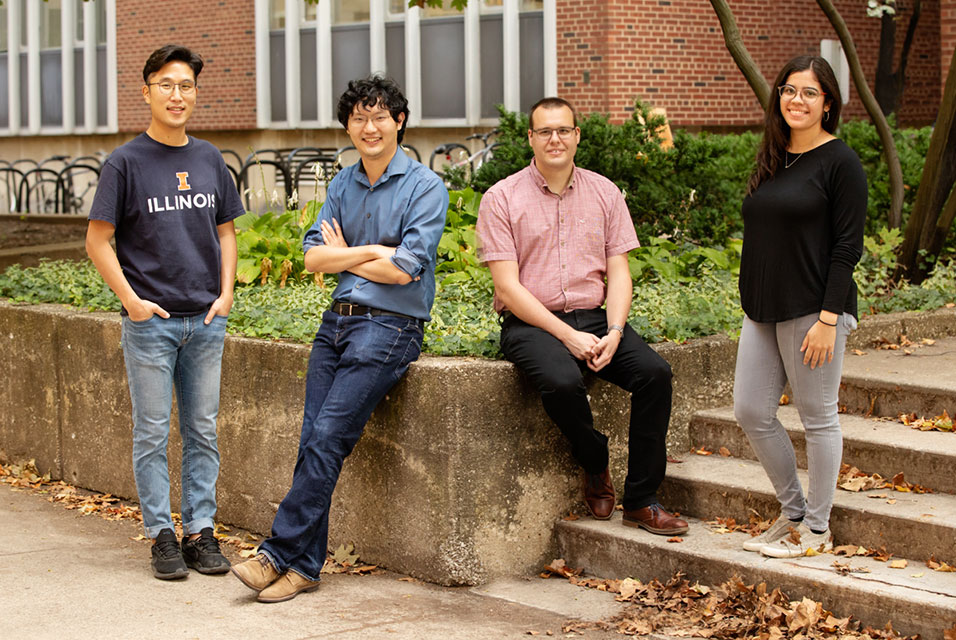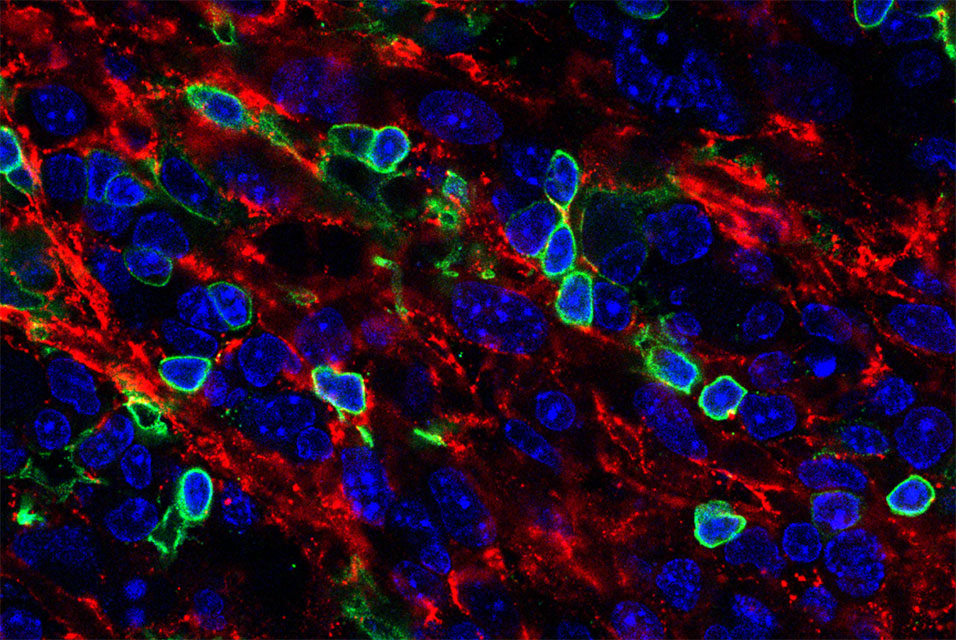CHAMPAIGN, ILL.- Researchers have demonstrated that they can attract, capture and destroy PFAS – a group of federally regulated substances found in everything from nonstick coatings to shampoo and nicknamed “the forever chemicals” due to their persistence in the natural environment.
Using a tunable copolymer electrode, engineers from the
University of Illinois at Urbana-Champaign captured and destroyed perfluoroalkyl and polyfluoroalkyl substances present in water using electrochemical reactions. The proof-of-concept study is the first to show that copolymers can drive electrochemical environmental applications, the researchers said.
The results of the study are published in the journal Advanced Functional Materials.
“Exposure to PFAS has gained intense attention recently due to their widespread occurrence in natural bodies of water, contaminated soil and drinking water,” said Xiao Su, a professor of chemical and biomolecular engineering who led the study in collaboration with civil and environmental engineering professors Yujie Men and Roland Cusick.
PFAS are typically present in low concentrations, and devices or methods designed to remove them must be highly selective toward them over other compounds found in natural waters, the researchers said. PFAS are electrically charged, held together by highly stable bonds, and are water-resistant, making them difficult to destroy using traditional waste-disposal methods.
“We have found a way to tune a copolymer electrode to attract and adsorb – or capture – PFAS from water,” Su said. “The process not only removes these dangerous contaminants, but also destroys them simultaneously using electrochemical reactions at the opposite electrode, making the overall system highly energy-efficient.”
To evaluate the method, the team used various water samples that included municipal wastewater, all spiked with either a low or moderate concentration of PFAS.
“Within three hours of starting the electrochemical adsorption process in the lab, we saw a 93% reduction of PFAS concentration in the low concentration spiked samples and an 82.5% reduction with a moderate concentration spiked samples, which shows the system can be efficient for different contamination contexts – such as in drinking water or even chemical spills,” Su said.
Based on concepts first proposed in Su’s previous work with arsenic removal, the process combines the separation and reaction steps in one device. “This is an example of what we call processes intensification, which we believe is an important approach for addressing environmental concerns related to energy and water,” Su said.
The team plans to continue to work with various emerging contaminants, including endocrine disruptors. “We are also very interested in seeing how these basic copolymer concepts might work outside of environmental systems and help perform challenging chemical separations, such as drug purification in the pharmaceutical industry,” Su said.
Postdoctoral researcher Kwiyong Kim and graduate student Paola Baldaguez Medina are the lead authors of the study. Postdoctoral researchers Johannes Elbert and Emmanuel Kayiwa also contributed to the study.
The U. of I., the National Science Foundation and the Illinois Water Resources Center supported this study.










